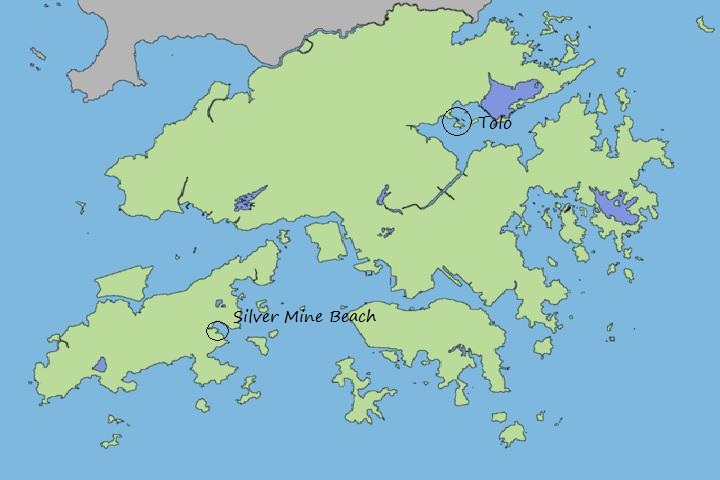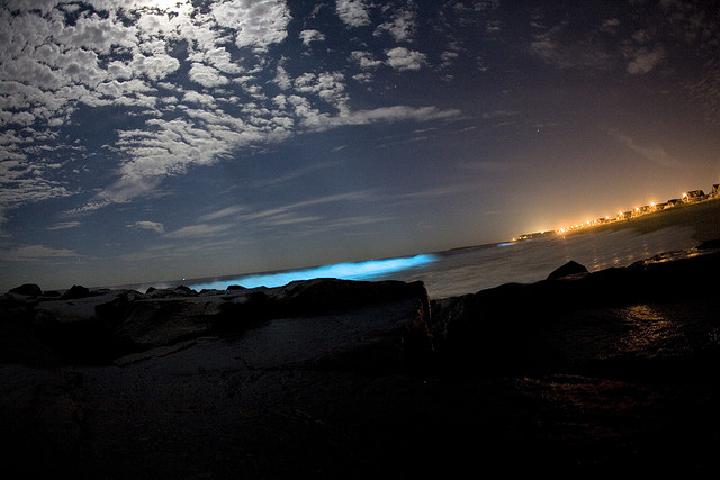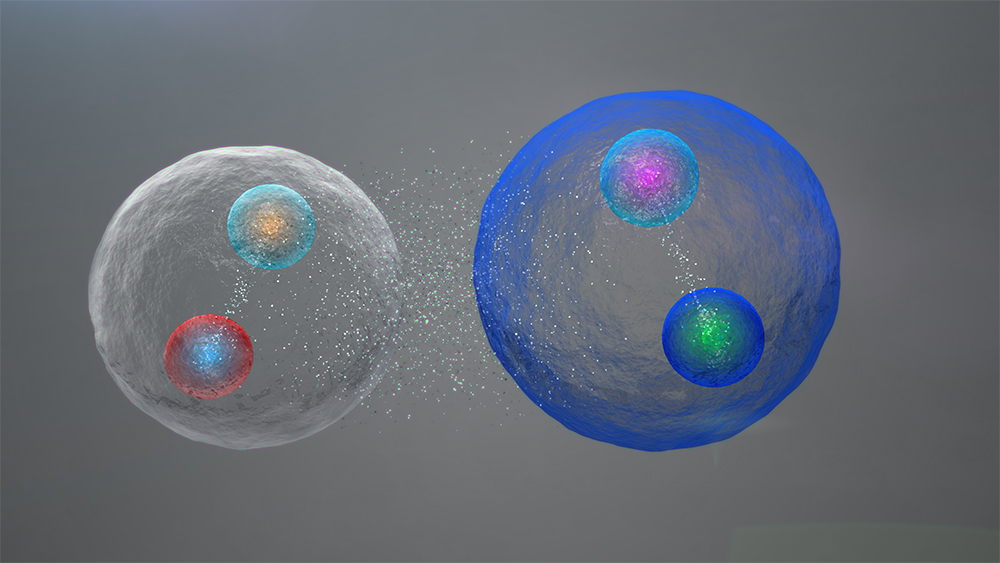Many of Hong Kong’s shores are shimmering with bright blue waves. The Tolo Harbour, in northeast of HongKong and the Silver Mine beach in the Lantau island, the biggest island of Hong kong, are one of the few places that are lit up by the glowing waves at the night.
What makes this phenomenon exceptional is that humans have nothing to do with it. This phenomenon occurs naturally.

Why are the waves glowing?
The fluorescent blue glow in the water is due to the presence of algae called Noctiluca scintillans. The algae are popularly known as ‘sea sparkle’. This alga draws its energy from the sunlight and nutrients present in water. It uses the energy to produce chemicals that make it to glow. This process is known as bioluminescence. It does not glow during the daytime and appears reddish. When it blooms in excessively large numbers, red tide is a term used for its presence because of its color.
Is the presence of algae good or bad?
Excess of anything is bad. ‘Sea sparkle’ itself is not toxic, for this reason in small quantities it is a beauty of nature to enjoy. But they are a deep threat when present in large numbers. The algae have a huge appetite for phytoplankton and excrete ammonia. Fewer phytoplankton and more ammonia are a threat to marine life. Phytoplanktons are at the bottom of the marine food-chain and are quite important – since many big and small fishes eat them.
What needs to be done?
There have been no fish deaths reported so far but Hong Kong authorities are on high alert. They have requested mariculturists (scientists involved in the cultivation of marine organisms) to monitor the situation closely.
Story Source:
Some parts of the above story are based on materials provided by Agriculture, Fisheries and Conservation Department, Hong Kong. Despite the blue hue, the phenomena is called a red tide, according to the Conservation Department that tracks such algae sightings. Note: Materials may be edited for content and length.





Leave a Reply